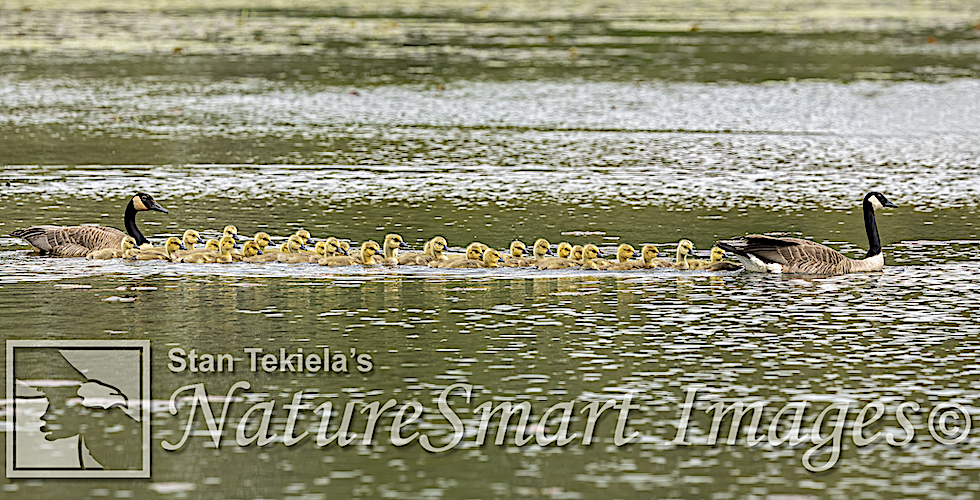
Not Everything in Nature Is as It Appears: Canadian Geese Are Good Examples
Wildlife photographer and naturalist Stan Tekiela teaches us that not everything in nature is as it appears. We see the natural world through the lens of a human, so it is important to understand that our lens colors the way in which we see the world. Once this is understood, we can see it from a different perspective and try to see and think about the world from a different point of view.
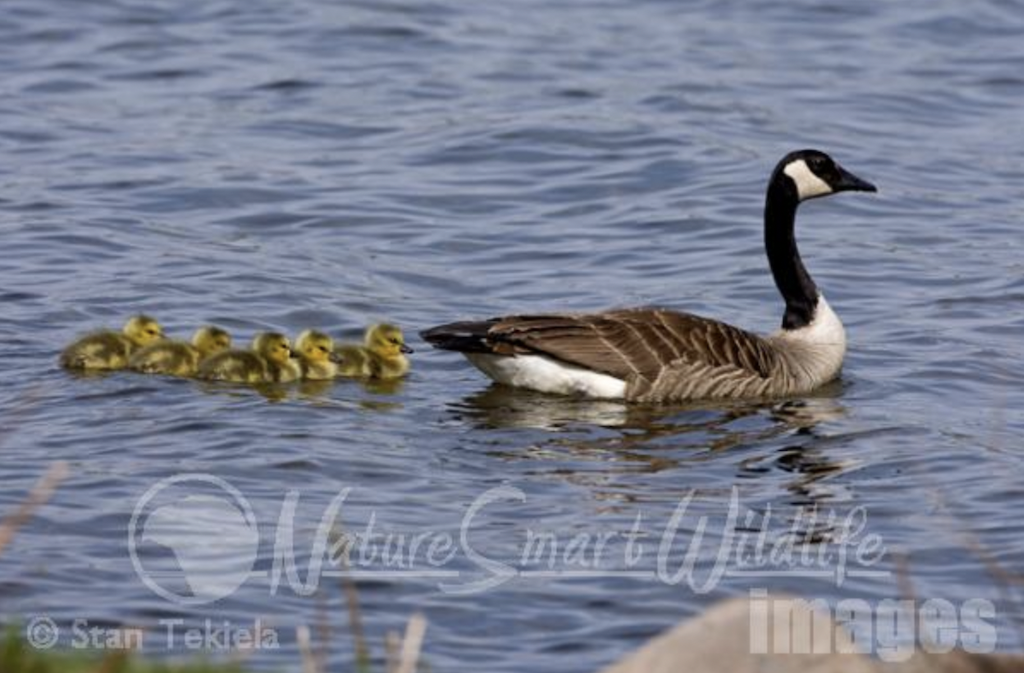
This was painfully obvious to me the other day when I was photographing a pair of Canada Geese that had about 35 goslings with them. When I first spotted the family, I thought how cool it was to see and that it would make a fun picture.
A few minutes later, a gentleman, who also spotted the gobs of geese, came over and made a comment about how in all his years he had never seen one family with so many babies. He postulated about how this family of geese is most likely a record for one mother. And then he went on to make several other rather nasty and negative remarks about geese and large families in general.
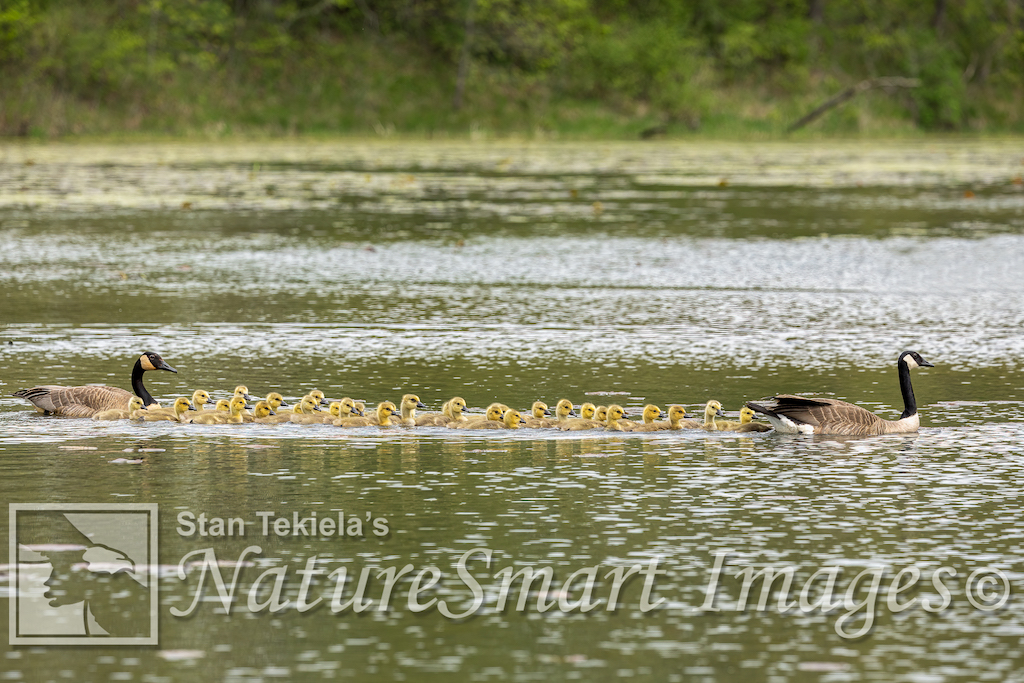
When he was done berating the geese and their oversize family, I nicely pointed out to him that there is no possible way for this one goose mother to successfully lay this many eggs. The amount of calcium needed to produce this number of eggs would be physically impossible. In addition, there is no way the mother would be able to successfully incubate 30-plus eggs at the same time. Inevitably, the eggs at the bottom of the pile wouldn’t get incubated and thus wouldn’t hatch.
After explaining the biological reasons why this mother didn’t produce and hatch all these goslings, I spent a few more minutes explaining to him that it’s very common for adult geese to temporarily adopt or babysit goslings from other adults. I’ve seen this time and time again. Sometimes I think the young goslings just want to be with their friends for a while and therefore temporarily hang out with another family, making it appear like a super-large family of geese.
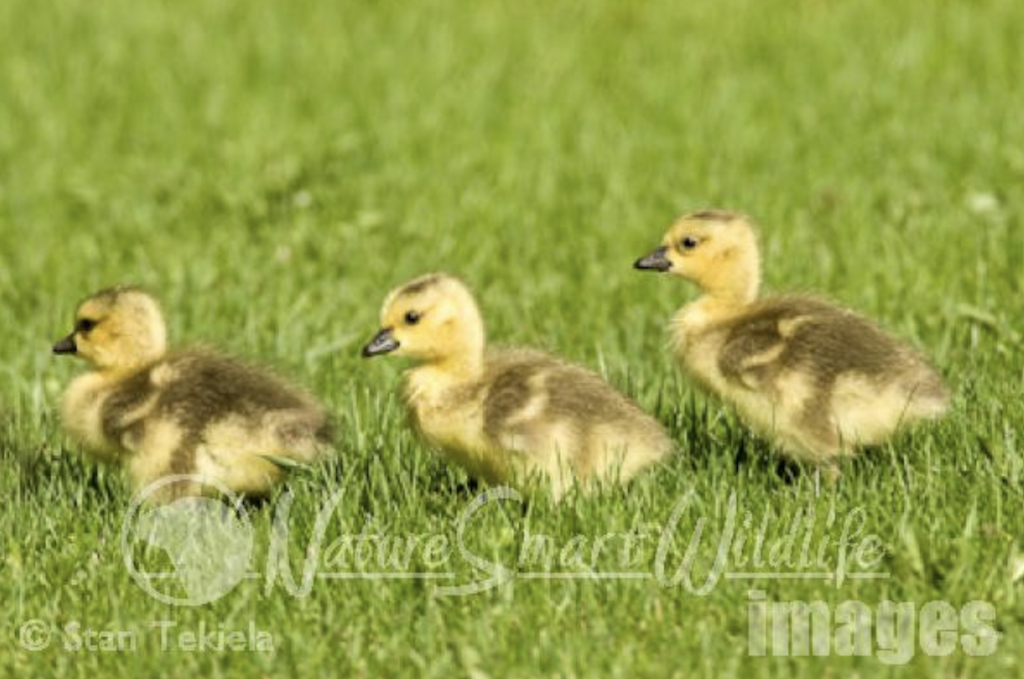
After this, I suggested that perhaps geese aren’t the terrible creatures he assumed them to be a few minutes before and, in fact, that they are actually excellent parents that care greatly for not only their own goslings but for the goslings of other parents. To me, this behavior shows a superior level of compassion and caring.
It was at this point that I told him I was a wildlife biologist, studying wildlife for 40 years and witnessing this kind of behavior before. No matter how much I tried to explain it to this gentleman, however, he couldn’t/wouldn’t see it another way. His mind was set on his opinion, and no amount of explanation would change his mind. Because he had never seen it or heard of it meant that it couldn’t be true. He shook his head and continued with his diatribe of unflattering expletives concerning the overpopulated status of the Canada Goose in this country. Obviously, this guy wasn’t capable of seeing it any other way.
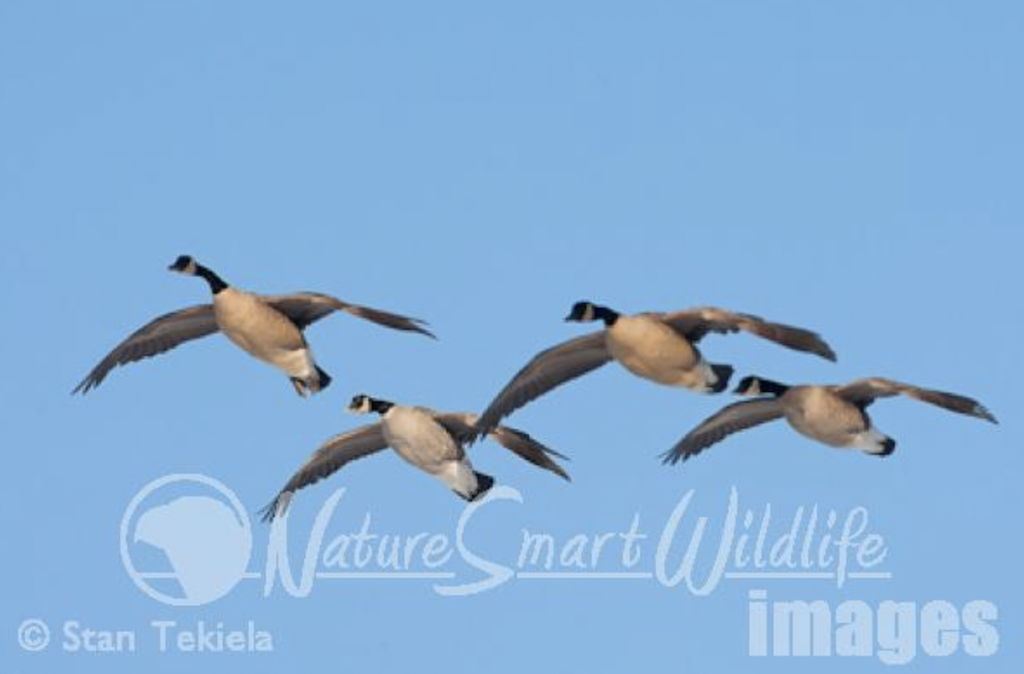
There are many other examples of things we see in nature and incorrectly judge, based on our human experience and lack of biological understanding. We tend to vilify many species that we just don’t understand. For example, bats flying into people’s hair is a mistruth that still persists. This myth usually comes from bats being trapped inside a house. They often perch high up in a corner of a room; when a big scary person approaches them, they drop off the wall in order to gain enough air-speed to start flying. We interpret this as the bat swooping at us and trying to get into our hair when it is just trying to get enough speed to fly and get away.
I could go on and on with more examples, but I think you understand my point. We people are quick to judge and then criticize. We can learn a few things from Mother Nature, simply by understanding it better.
If you enjoyed Stan’s post about Canada geese, you may enjoy one of his amazing nature books: Wild Birds, Backyard Birds: Welcomed Guests at our Gardens and Feeders, and his latest book Bald Eagles: The Ultimate Raptors.
You can follow Stan on Facebook and Twitter, or contact him via his web page. Stan’s nationally syndicated NatureSmart Column appears in more than 25 cities spanning 5 states (Minnesota, Wisconsin, Michigan, Illinois, and Pennsylvania) and is circulated to more than 750,000 readers.
For more stories about wildlife and nature, sign up for our newsletter now!


